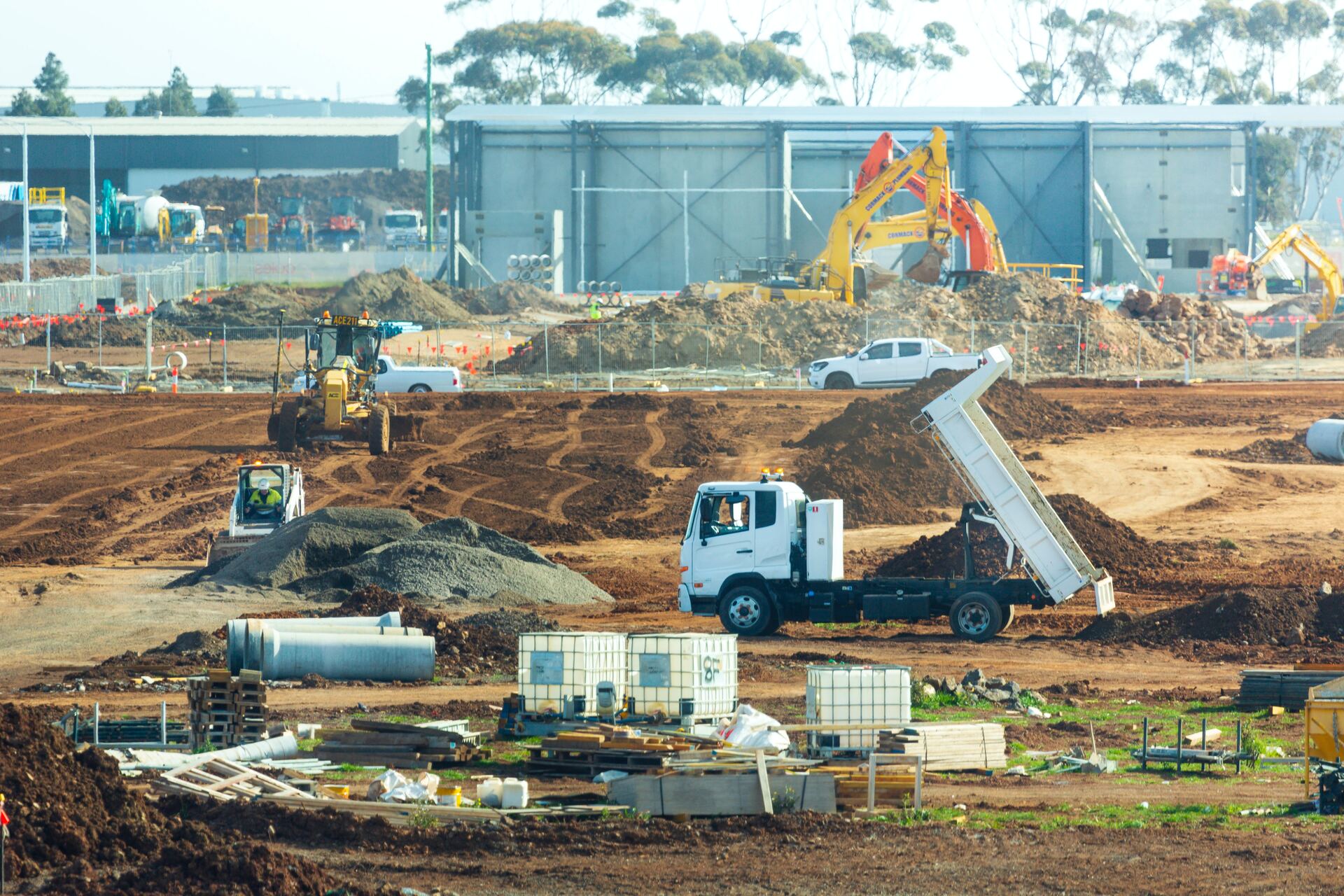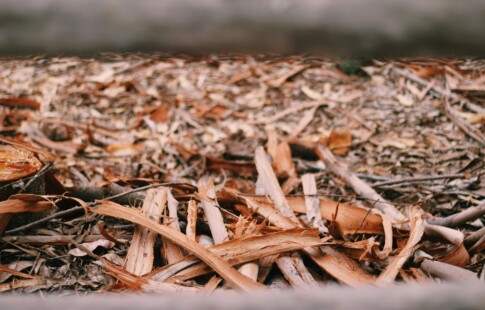
How To Properly Dispose of Construction Waste
We are reader-supported. When you buy through links on our site, we may earn affiliate commission.
All types of construction produce waste — whether a big or small project, they all contribute. That’s why contractors and other organizations in the building sector need to know how to discard it properly. Learn more about construction waste and the different methods for disposing of it.
A Deeper Look At Construction Waste
Construction waste refers to waste produced via construction activities, including demolition. It is commonly referred to as construction and demolition waste (C&D or CDW) and consists of leftover building materials and demolition debris.
These materials could entail:
- Metal
- Asphalt
- Bricks
- Concrete
- Wood
- Gypsum
- Glass
- Paints
- Varnishes
- Plastic
- Building Components
According to the United States Environmental Protection Agency (EPA), construction projects across the U.S. generated 600 million tons of waste in 2018 alone. Remarkably, this is more than double the amount that municipalities generated.
To better understand how CDW is disposed of, it is helpful to divide them into three distinct groups:
- Building Materials Waste: This is all the on-site waste produced from building materials. For example, if there are any leftover or damaged components such as wood, bricks or pieces of metal, they would fall under this group.
- Hazardous Waste: This category is all the dangerous or poisonous materials and debris left over after a construction project. Because this group includes waste that poses a safety risk, construction companies must follow the proper regulations to dispose of it.
- Demolition Waste: As the name suggests, the last category’s scrap mainly comes from various demolition projects. It is worth mentioning demolition waste can also include hazardous materials. For example, asbestos recovered from the ceiling and floor tiles would fall under demolition waste.
Ways To Dispose of Construction Waste
Before construction starts, organizations should adequately plan and list what waste they expect to generate. This will allow them to implement the correct procedures to discard it effectively. Sadly, some construction businesses have relied on illegal practices to get rid of their CDW.
This is because CDW consists of various heavy debris and materials. This makes it more challenging to transport and dispose of. In other words, it is a costly procedure and thus, some companies have avoided it.
Depending on the waste, here are the different legal disposal options construction companies have:
- Recycling and reusing: On construction sites, materials are often left over. In many cases, companies can simply recycle these items and use them for future projects. This can also reduce the cost and the amount of materials they require for other jobs — it is also better for the environment.
- Sending it to a landfill: One of the best ways to discard construction waste is to utilize a disposal company. They follow strict regulations and ensure the materials are disposed of via the proper channels. Also, any non-hazardous and recyclable materials are set aside, ensuring they are not sent to the local dump.
- Donating: On some construction sites, there are often decor and appliance items the owner does not want to keep. Instead of sending them to a landfill, construction companies can donate them to people who require them.
How To Dispose of Hazardous Waste
While construction waste overall is difficult to discard, it is even more complex when it comes to hazardous materials. The exact methods companies should follow to dispose of hazardous waste depends on the regulations of the region they are located in. Here is a quick rundown of the steps companies can take to get rid of these three harmful materials:
Discarding lead materials
One component construction workers can encounter on site is lead. For example, lead-based paint or debris containing parts of this hazardous material.
Exposure to lead can have severe health effects on humans. These could entail high blood pressure, reproductive problems and kidney failure. Symptoms of lead exposure and poisoning include the following:
- Numbness
- Infertility
- Headaches
- Behavior and personality changes
- Anemia
Considering all the dangerous effects lead can have on adults and children, it is paramount that construction companies dispose of it properly.
Depending on the situation, the best thing for organizations to do when encountering lead-based construction waste is to contact a solid waste disposal agency and ask for assistance.
The recommended procedure to follow with lead-based paint is to collect the chips and dust in a bag and use the method of disposal the agency suggested. Led-based items must be separated from other building materials and safely put into containers.
Discarding Asbestos Materials
While asbestos was used a lot in the past, it is no longer the case today. Now, there are several regulations limiting the use of the material due to the severe health risks surrounding it. These include the following:
- Causes various types of cancer, such as lung, kidney and throat
- Mesothelioma — rare type of cancer
- Damage to the lung scaring and the lungs themselves
- Increased risk of colon cancer
Due to how damaging asbestos is, only trained professionals should dispose of it. Construction companies should contact these individuals instead of trying to do it themselves.
How To Discard Mercury Materials
Like the other materials on this list, mercury can have serious health risks. On construction sites, mercury is usually found in smoke detectors, thermometers, fluorescent lamps, security systems and old paint. Construction companies and workers should not remove the mercury from these items as this can lead to mercury poisoning.
To dispose of such items, they should be put into containers and taken to a solid waste facility — a consolidation site. In addition, when retrieving these items, take care not to drop them as this could potentially release the mercury into the air.
One thing to note is that while there are different types of mercury, they are all poisonous and require caution when encountering them. Here is a quick look at some of the health risks of mercury poisoning:
- Nausea
- Vomiting
- Bleeding gums
- Memory loss
- Muscle weakness
- Skin rashes
Following Proper Procedures in Disposing of Construction Waste
Depending on the construction waste, disposing of it is not an easy task. This is especially difficult when hazardous materials are added to the mix.
That said, it is imperative to do so. If organizations or professionals don’t take the necessary precautions in discarding it, people could encounter them and face adverse risks to their health.
Share on
Like what you read? Join other Environment.co readers!
Get the latest updates on our planet by subscribing to the Environment.co newsletter!
About the author

Steve Russell
Steve is the Managing Editor of Environment.co and regularly contributes articles related to wildlife, biodiversity, and recycling. His passions include wildlife photography and bird watching.





